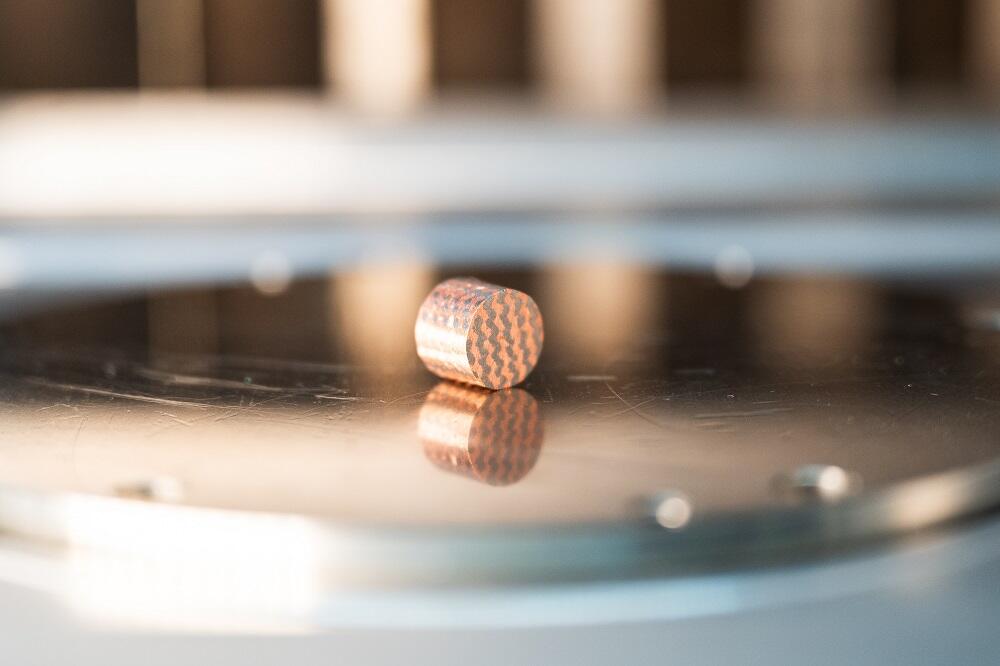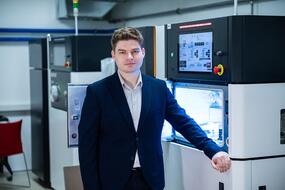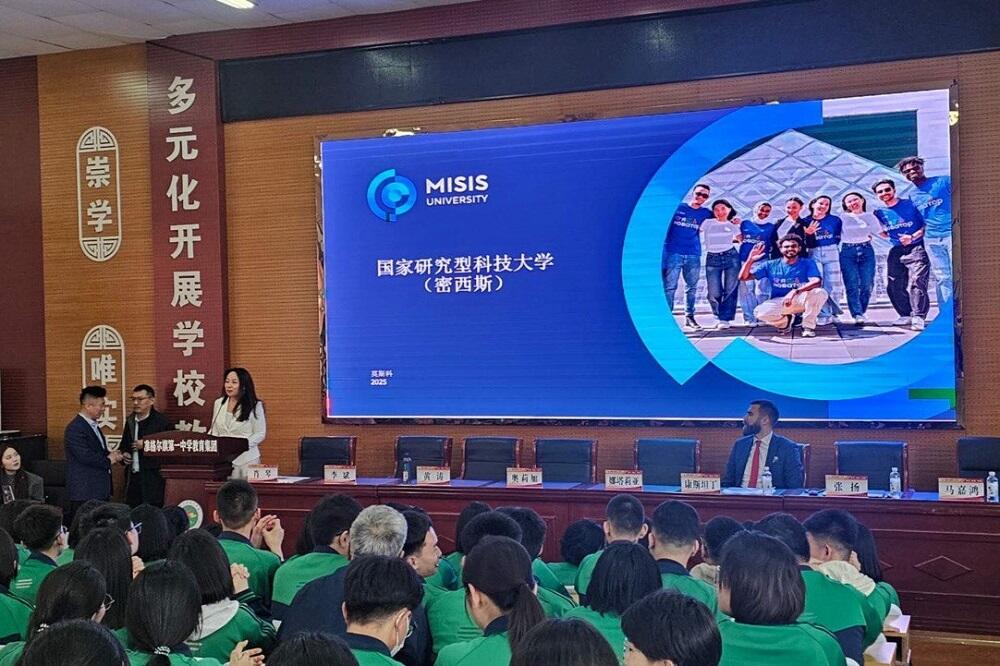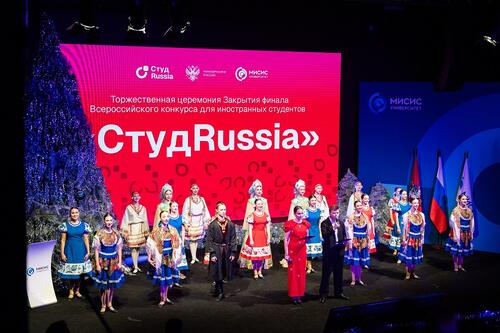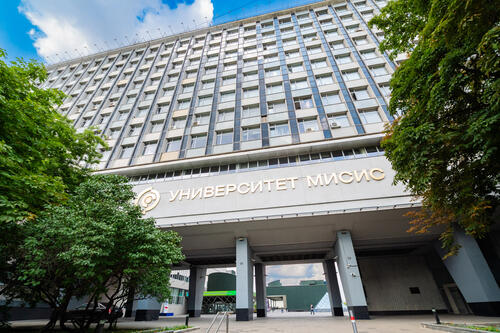Scientists from NUST MISIS and JSC “NIIEFA” have demonstrated how to produce a bimetallic material using hybrid additive manufacturing. Composites made of tungsten and copper with enhanced properties are used for plasma-facing components (PFCs) in nuclear fusion reactors. Research has shown that the thermophysical and mechanical characteristics of the tungsten-copper composite are comparable to those made using traditional methods. However, hybrid additive technologies can achieve more efficient heat dissipation and increase thermal cycling resources due to the proposed design of the tungsten-copper composite.
“NUST MISIS is a recognized leader in materials science in Russia, ranked among the top 100 universities in the world in the field of Materials Science according to the QS World University Rankings. Our scientists engage in developments that subsequently find applications in various industries, including high-tech sectors. A team of researchers led by young scientist, PhD Stanislav Chernyshikhin, has developed a new composite material for applications in domestically produced nuclear fusion reactors,” said Alevtina Chernikova, Rector of NUST MISIS.
Tungsten is considered one of the primary materials for plasma-facing components due to its high melting point and threshold energy for physical sputtering, as well as its low retention of hydrogen isotopes. However, it is difficult to machine mechanically due to its high hardness and brittleness. To manufacture tungsten products, powder metallurgy methods are typically used, but traditional technologies do not allow for the creation of complex-shaped products. Therefore, the conventional design of PFCs consists of a simple multilayer structure. An alternative to classical technologies is additive manufacturing, which allows for layer-by-layer synthesis of products, including porous structures. The properties of such products can be tailored for specific tasks by varying the features of their geometric structure.
“The research and development of new methods for manufacturing tungsten parts has significant practical importance. Selective laser melting (SLM) technology is one of the most popular and widely used methods of additive manufacturing for metal products due to its ability to synthesize complex-shaped parts with high resolution. It is worth noting that producing tungsten products using the SLM method is a challenging task due to its high melting temperature, the formation of non-fusion defects, microcracks, and overheating of various components in installations,” noted Stanislav Chernyshikhin, PhD, head of the laboratory at NUST MISIS.
By studying the conditions for laser synthesis of tungsten, the NUST MISIS team was able to achieve a relative density of solid samples at 96.7%. Initially, skeletal structures of tungsten gyroids, resembling a curved mesh or wave, were created to form the bimetallic material. Then, copper was infiltrated into the metal matrix at temperatures up to 1350°C with in situ monitoring of the process. The study of wetting and infiltration kinetics in tungsten matrices allowed for the establishment of optimal infiltration conditions.
Mechanical tests showed that the composite was significantly more ductile than pure tungsten. It could withstand deformation up to 35% without failure. Additionally, the university’s scientists, in collaboration with JSC “NIIEFA”, conducted thermal conductivity measurements over a wide temperature range (up to 800°C). It was found that as the size of the elementary cell structure decreases, there is a slight reduction in thermal conductivity, but the strength characteristics increase.
“In the future, we plan to move on to producing prototypes of PFCs and conducting thermally loaded cyclic tests. The tests will simulate conditions close to real operating environments in nuclear fusion installations,” added Stanislav Chernyshikhin.
The detailed results are published in the scientific journal International Journal of Refractory Metals and Hard Materials (Q1).
